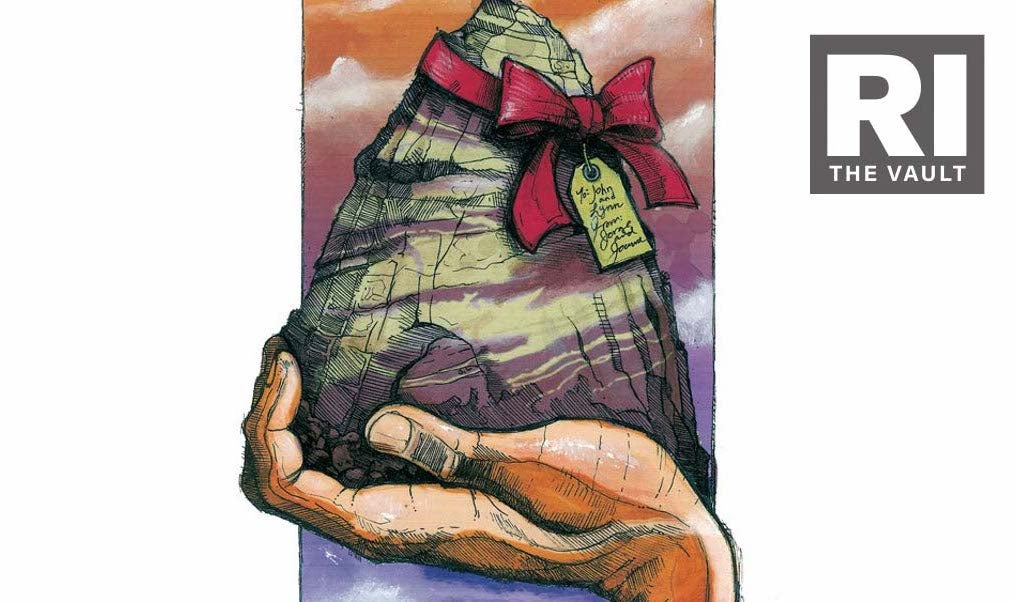John Long: Violating Sacrosanct Trad Ethics Was, Ironically, Liberating

Lynn Hill and I spent the winter of 1981 in Las Vegas, climbing daily at Red Rocks and plowing through nights at dead-end jobs. After roughly 10 seasons of climbing 300 days a year, my learning curve had flattened and I found myself singing the same old song. I wasn’t the first “famous” climber whose future looked like a black hole, so I kept switching venues rather than instruments. Everything would change the next summer during a filming gig at Venezuela’s Angel Falls, a jungle gusher sufficient to deliver me into television production and book writing. Never again would I climb full time. Several years later, Lynn joined the international competitive circuit, and we all know the rest. But that winter in Vegas found us in flux, searching for direction. Soon we’d find our separate ways, but before leaving Vegas for good, we’d also find the archetype of the nascent American sport-climbing revolution.
If ever an area lent itself to sport climbing, it’s Red Rocks, but 20-odd years ago, the idea of gym-bolting the now-popular sport areas never crossed our minds. We still followed a traditional approach. Bigger and bolder always meant better, so partly from a sense of duty, but more from force of habit, we focused on the many unclimbed, thousand-foot crack systems that slashed a half-dozen canyon walls. Only later would we realize that the classical “trad” days had died in the 1990s.
This story of part of The Vault, a compendium of over 2,000 articles on rockandice.com and is available to members only. Please join us with a membership to continue reading. If you are already a member, click here and enjoy.
